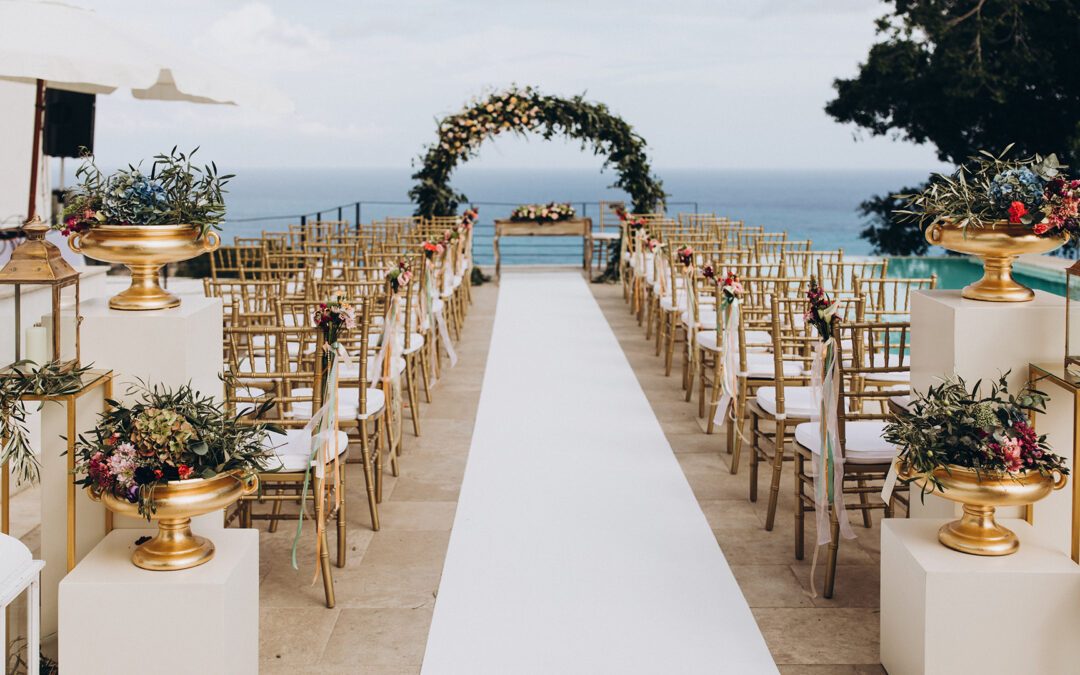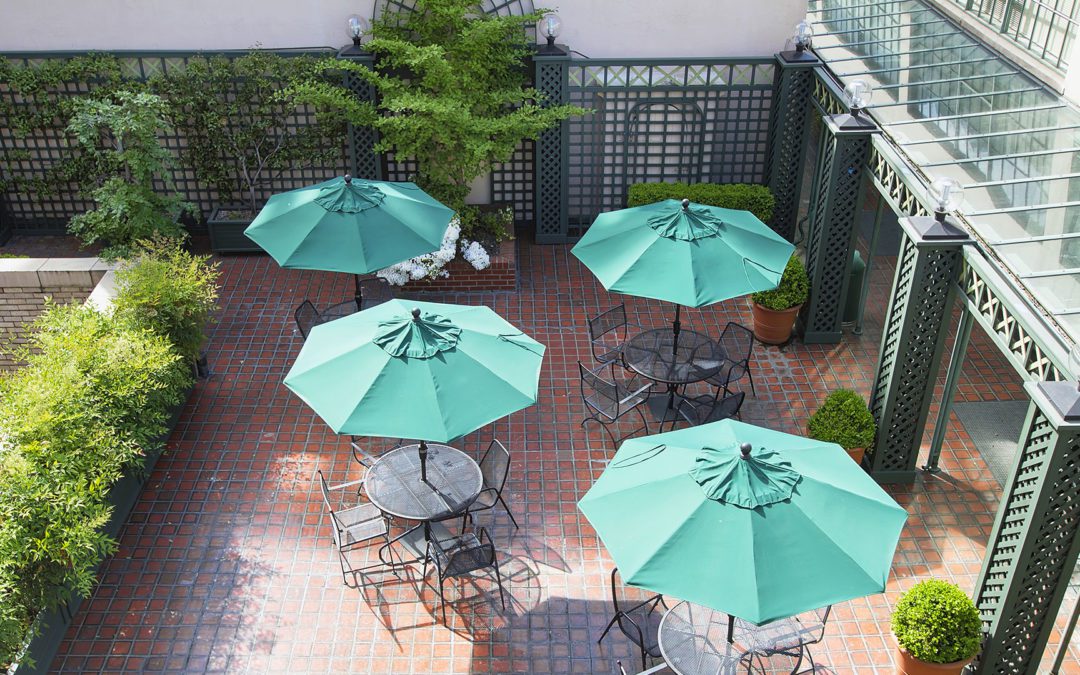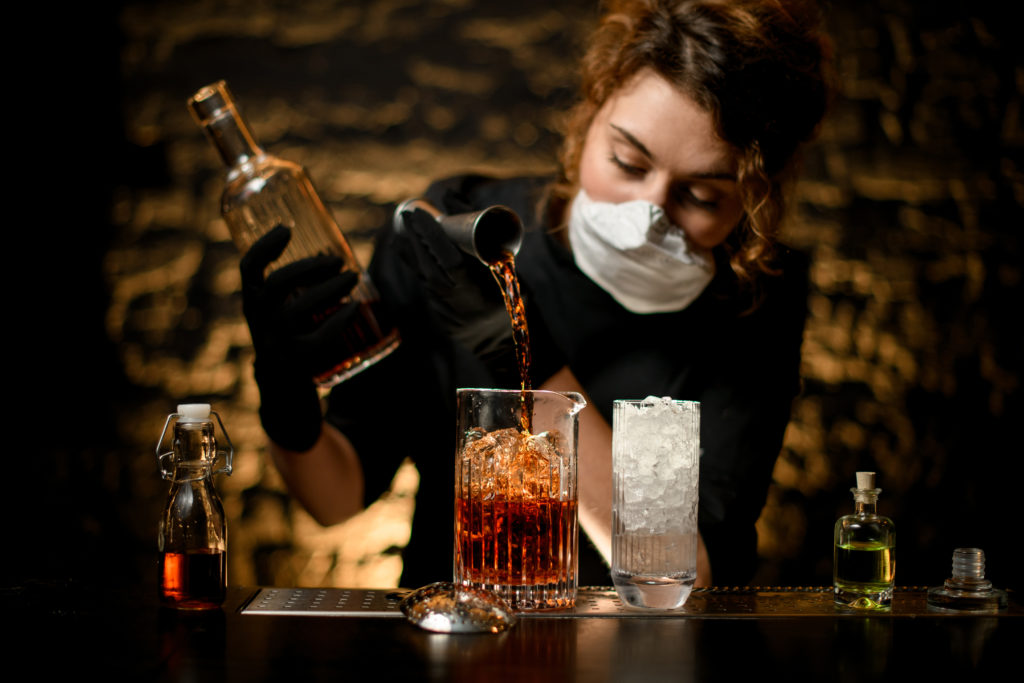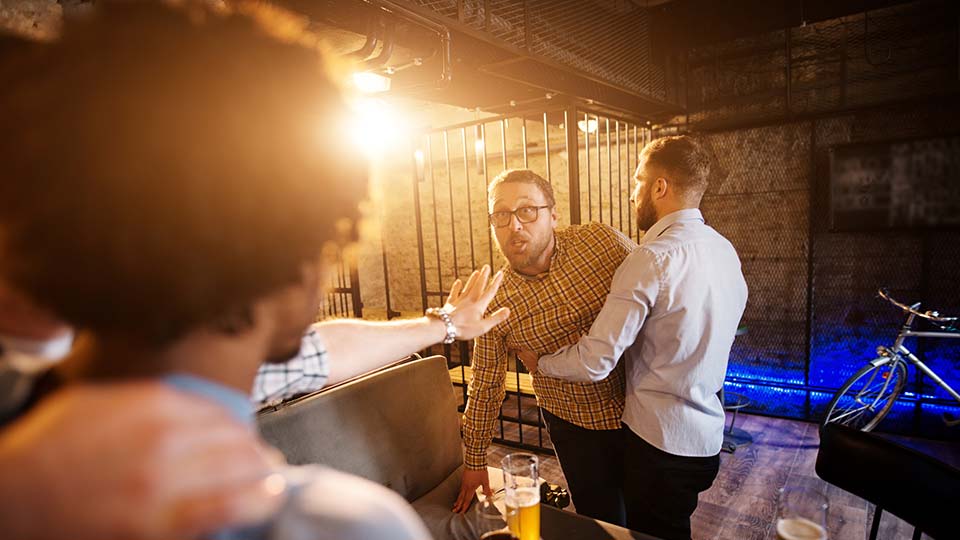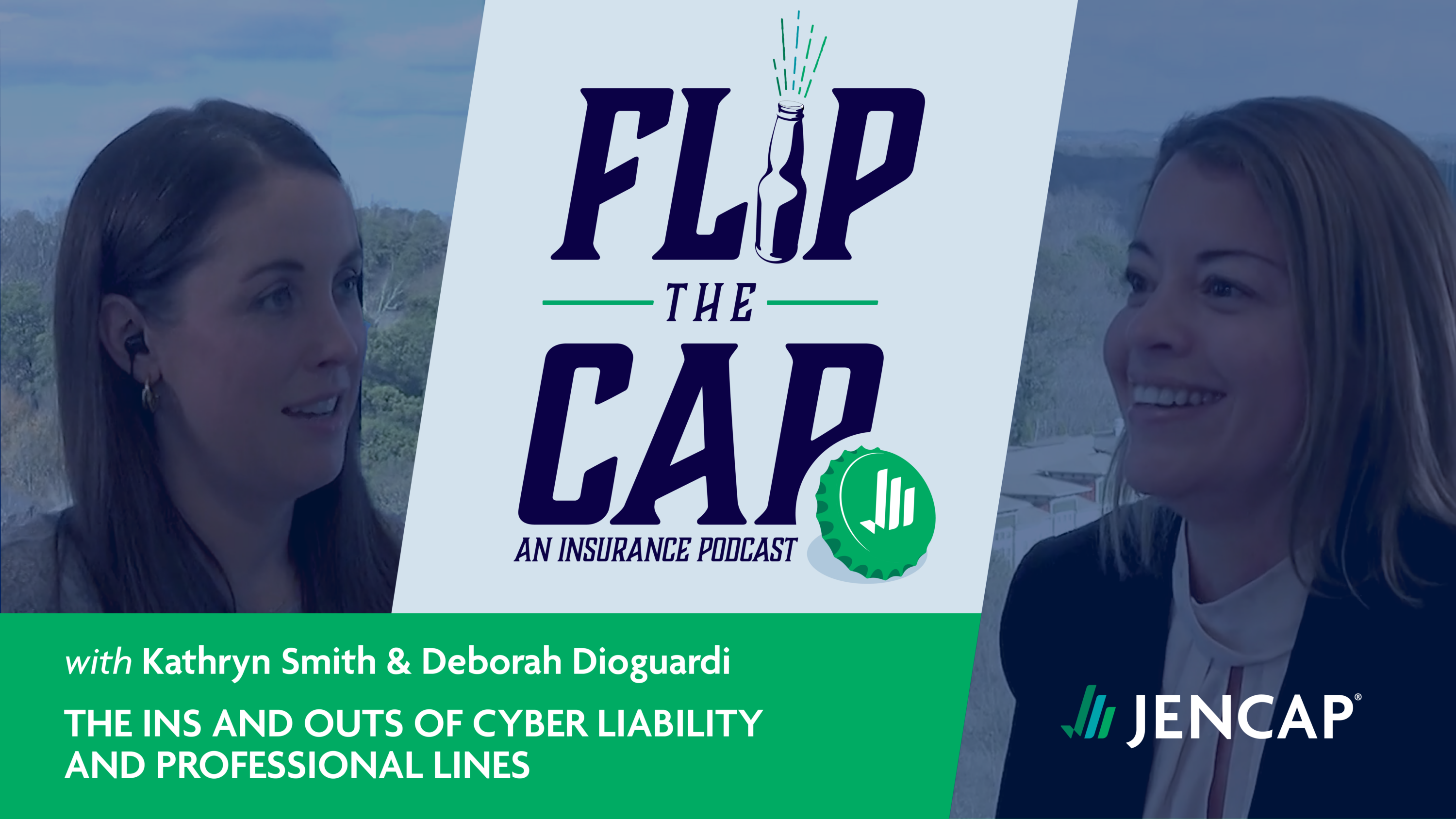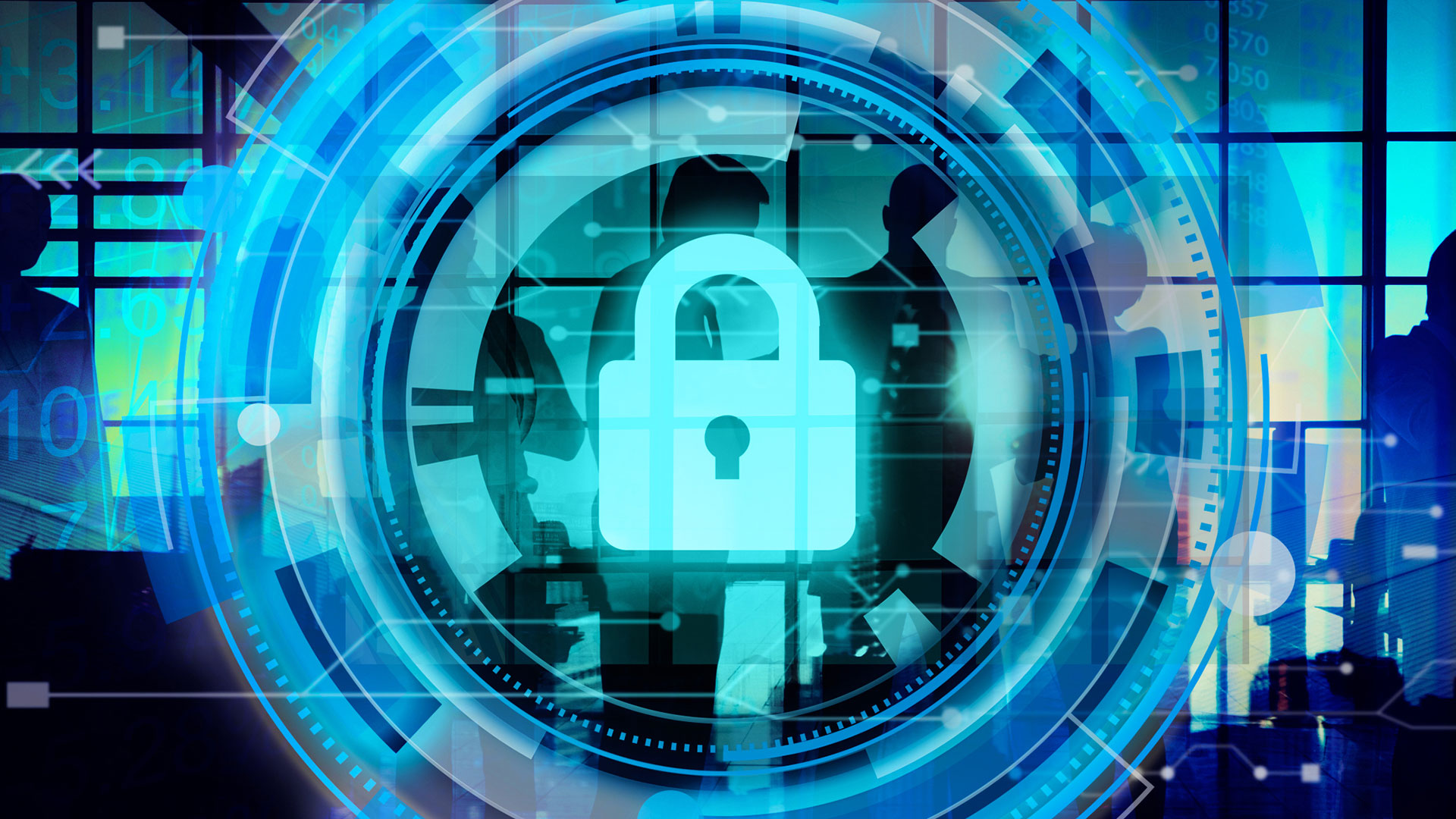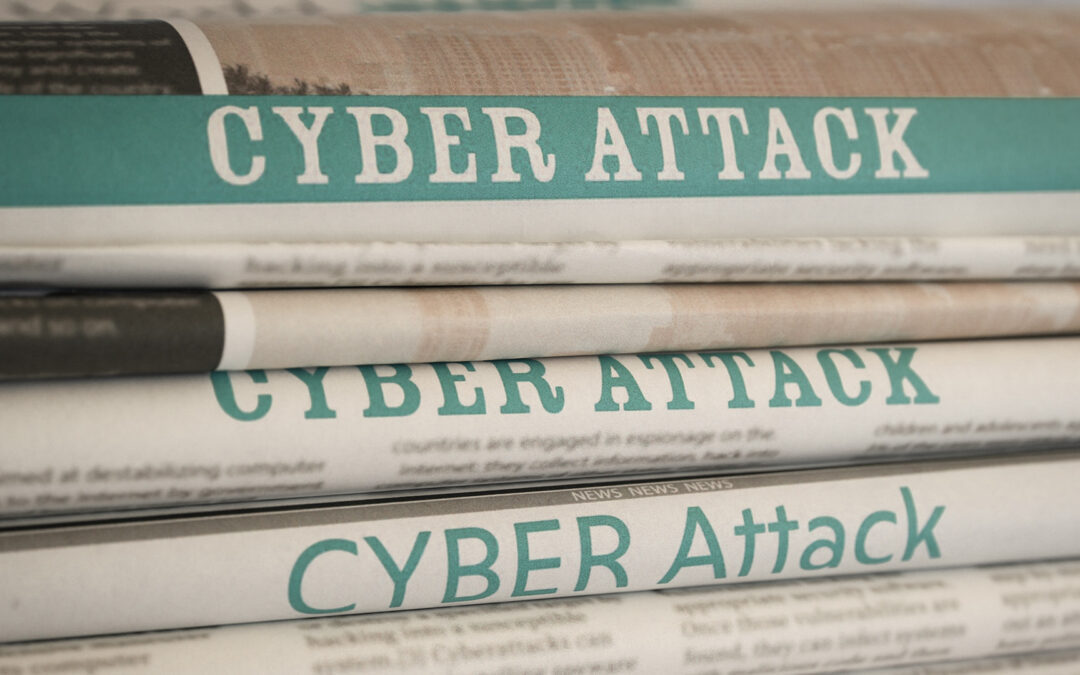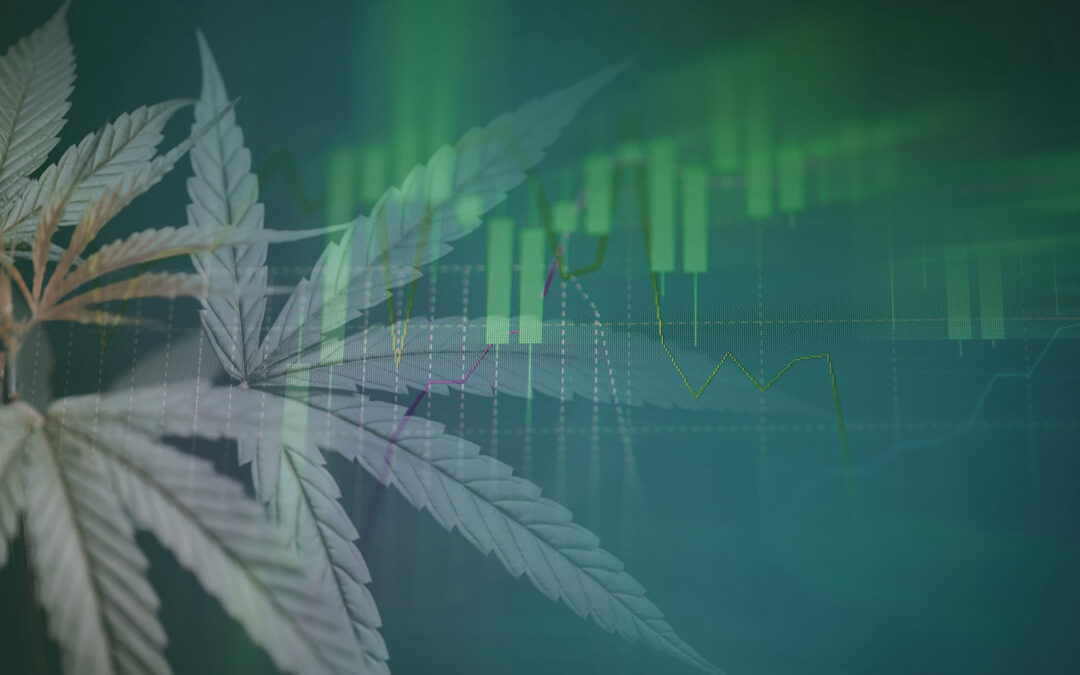The most important defense against liquor liability for your restaurant clients this holiday season is prevention through education. In addition to proper liquor liability insurance, it is imperative they create a liquor liability training program for staff members who serve alcoholic beverages.
In these training sessions, employees should be equipped to:
Identify Signs of Intoxication
Signs may include:
- Inhibited motor skills
- Slurred or slow speech
- Tendency to lose a train of thought easily
- Red eyes or inability to focus
- Staggering or inability to walk
- Decreased alertness
Monitor Liquor Consumption
Employees should recognize when patrons have had too much to drink. The SMART (Server & Managers Alcohol Responsibility Training) program suggests using the traffic light system, rather than counting how many drinks a guest has had, to monitor a customer’s consumption.
- Green: The customer shows no sign of impairment, is in a good mood and is not drinking rapidly.
- Yellow: The customer is not yet intoxicated, may be drinking quickly, may be either in a “down” mood or out to celebrate, and may be showing some signs of impairment. The goal is to stop serving before they are intoxicated.
- Red: The customer shows signs of intoxication, may be depressed or aggressive, is drinking quickly, and seems intent on becoming drunk. They should not be served alcohol.
Offer Continued Service
Restaurant employees should conduct friendly conversation with customers, suggest food items and slow down the service while engaging in conversation. In the event an employee must cut off a customer, they already have an established relationship and the customer may not become angry or violent when asked to stop drinking.
Deny Service
Employees should be familiar with the restaurant’s policy on how to deny service when someone has had too much to drink. The policy may include these steps:
- Be polite and offer non-alcoholic beverages or food alternatives.
- Avoid threatening statements, and place the focus on the server by explaining they could lose their job if they continue to serve the patron.
- Offer to call a ride sharing service or friend to drive the customer home.
- Use a firm tone and do not back down if met with resistance.
- Remain calm and in control of the situation.
- Require employees seek out a manager’s assistance immediately upon confrontation while denying patron service.
Report Incidents
After an incident has occurred, it is necessary employees fill out an incident report. Specifically, make sure employees document the intoxicated person’s name, get a witness testimony, and provide a detailed description of the incident, including mention of any fights, refusal to serve, and use of a false ID or patron ejection. This aids to reduce your client’s liability in the event of an alcohol-related incident.
Employee Legal Consequences
As part of the initiative to lessen risks, restaurant employees must understand how serving minors who use fake IDs will result in large fines, and breaking dram shop laws may pose serious consequences. Employees need to know they are liable and could face a number of consequences for not cutting off patrons before they’ve had too much to drink. Types of employee liability include criminal liability, civil liability and dram shop laws.
Transfer Their Risks
To protect your client’s restaurant business, it is extremely important for them to obtain a liquor liability insurance policy either as stand-alone coverage or as part of a restaurant and bar package policy. Jencap has you covered on providing an excellent liquor liability insurance policy at a competitive rate so your clients thrive this holiday season. You can read more industry insights here.

